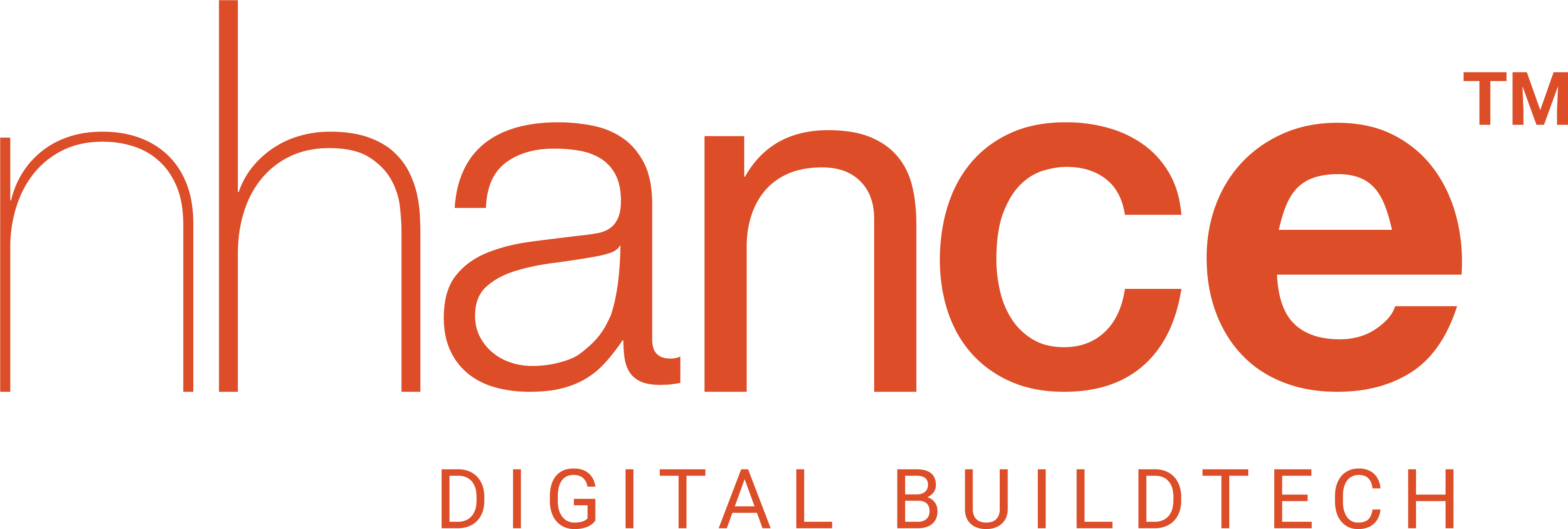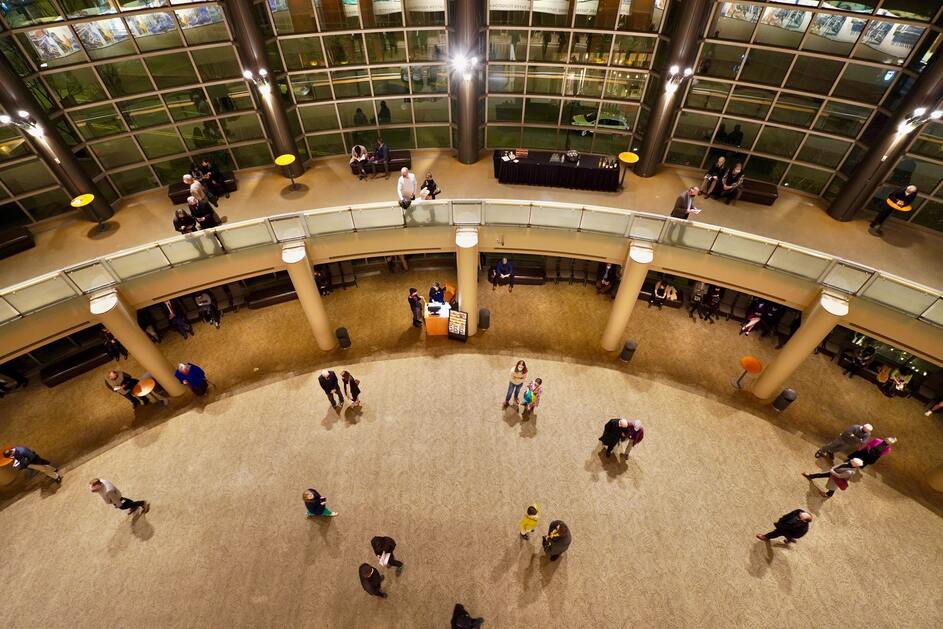In the modern era, typical desk-and-cubicle work environments have evolved into cooperative, environmentally friendly, and social workplaces. Employers are now rethinking workplaces to take account of social isolation and new remote working technologies. Innovative workplaces are employing wayfinding solutions to achieve simple, efficient, and effective indoor navigation.
Workplace wayfinding is essentially a method of spatial orientation that directs people in the appropriate and desired direction. Wayfinding visuals play a significant part in determining employees’ awareness and happiness because technology is making workers less bound to a single space and the workplace more open and home-like. Mobile devices and interactive kiosks are using software for wayfinding in workplaces. The software can be customized to make navigation simpler for employees, guests, visitors, or customers to assist them in visiting a new or uncharted region.
Types of Wayfinding Signs at Workplaces
Signage is typically one of the most widely used methods of wayfinding. There are four wayfinding signage: identification, directional, informational, and regulatory.
1. The most popular navigational signage is identification. They act as general wayfinding landmarks and indicate when a person has reached their destination.
2. Directional signage aids in guiding travellers to their destinations. They comprise directory signage, colored floor lines, and left-right signage.
3. Areas with high visibility, such as those with amenities and lodging, facility signage, and business information, are ideal locations for informational signage.
4. Regulatory signage is an active navigation technique. It establishes limits of what is and isn’t permitted in workplace facilities. Rules, safety requirements, and privacy expectations are established and reinforced using it.
Importance of Workplace Wayfinding
Some obvious reasons to deploy workplace wayfinding are to make the workplace healthier and enhance productivity and communications. Locating a coworker in a strange or huge facility, a room for a last-minute meeting, a meeting space with the necessary technology, or a different department in the workplace can all result in productivity loss. This is the last thing any workplace wants. Workplaces are, therefore, hiring technical designers to enable workplace wayfinding. Other important reasons for employing it are:
Organizational Efficiency: It promotes organizational efficiency by helping speed up formerly time-consuming processes like organizing and managing movements, identifying staff, handling facility requests, etc. It can identify the capacity, amenities, and equipment of a workplace to implement desired cleaning and traffic management strategies.
Seamless Communication: Wayfinding allows seamless communication by connecting employee information to the floor layout, providing complete visibility for everyone on the team as to who is seated where.
Space Consumption Report: Corporate real estate teams could also benefit from this practical solution. Data accuracy from real-time updates offers the much-needed leverage to win the business divisions’ cooperation in reporting their space consumption.
Productivity Enhancement: Reducing the number of steps and choices necessary to conduct routine office operations enhances productivity and aids in maintaining employee concentration. And, administrators can choose what appears on their workplace map and what doesn’t.
Visitor’s Assistance: Wayfinding kiosks can improve the visitors’ experiences by assisting them in navigation. Also, most visited places can be identified and further innovated to better the visitor experiences.
Improved Workplace Comfort: It can comfort people with anxiety related to a changing working environment. Employing a variety of colors, signs and visual and auditory tools makes the workspace more presentable.
Emergency Handling: Real-time updates and fast communication help to better tackle emergencies. Interactive wayfinding also encourages self-service.
Digital Wayfinding Solution
Modern digital wayfinding solutions are powered by data and workplace management systems. The mark of a truly digital wayfinding system is its capability for interconnecting information and components to help locate a meeting room/conference hall or navigate through the built environment with ease. Using IoT, sensors, GPS, and other advanced technologies like RFID, & smart wayfinding systems organizations can turn around their employee/visitor experience drastically. RFID-based wayfinding solutions work in integration with digital signages to allow real-time assistance. It makes the workplace navigation for employees a cakewalk where they never have to waste time finding a co-worker or a meeting room.
Wayfinding systems can be both high-tech and simple at the same time, making them ideal investments for companies looking to boost employee engagement. However, it is also important to consider ease of use, multiple platform compatibility, and data accuracy as key features in a reliable wayfinding solution. On the whole, what Google Maps is to travellers, workplace wayfinding will be to employees in the future.
To explore more about how wayfinding can enhance your workplace experience, talk to our experts or visit nhance.ai.








